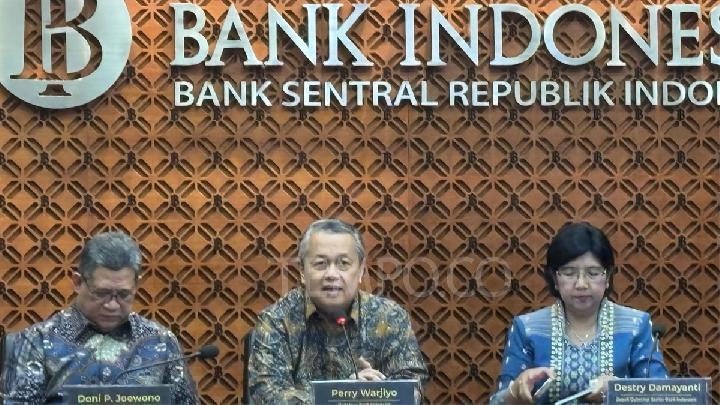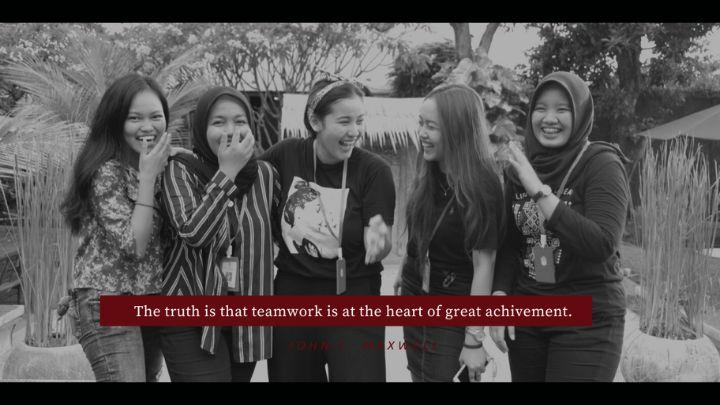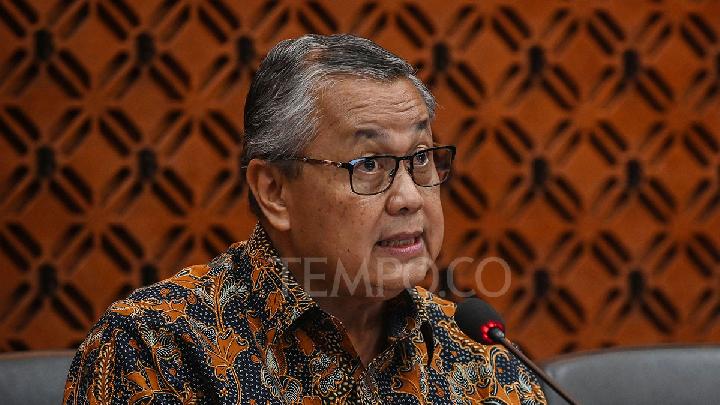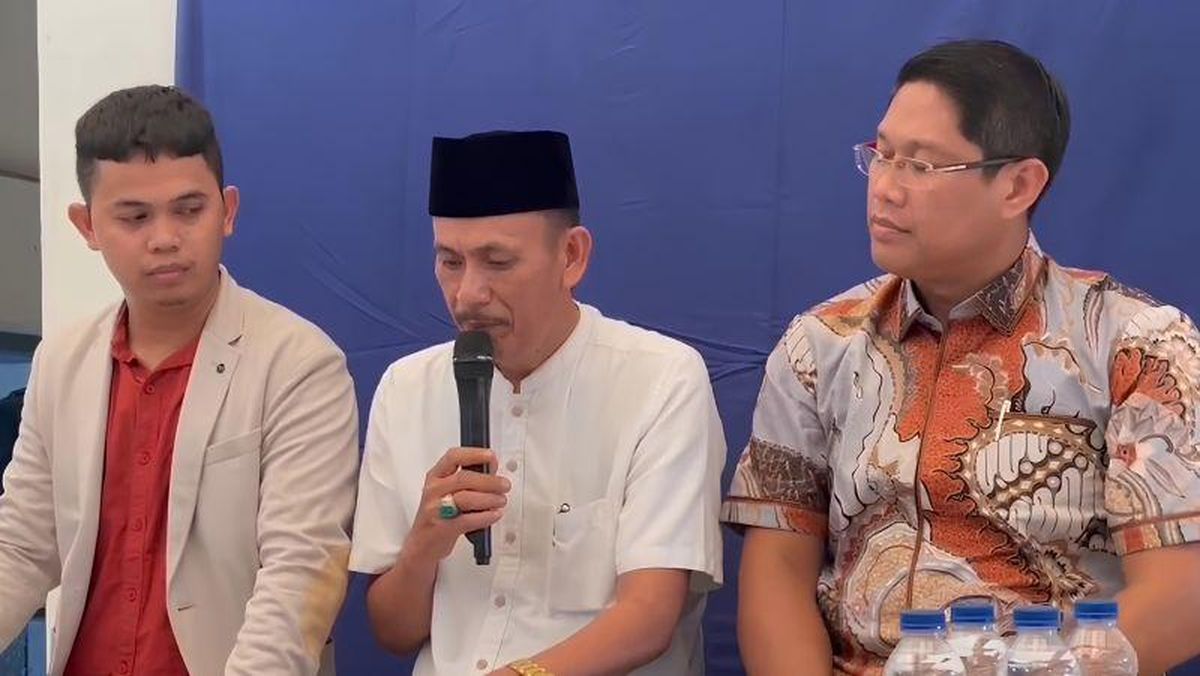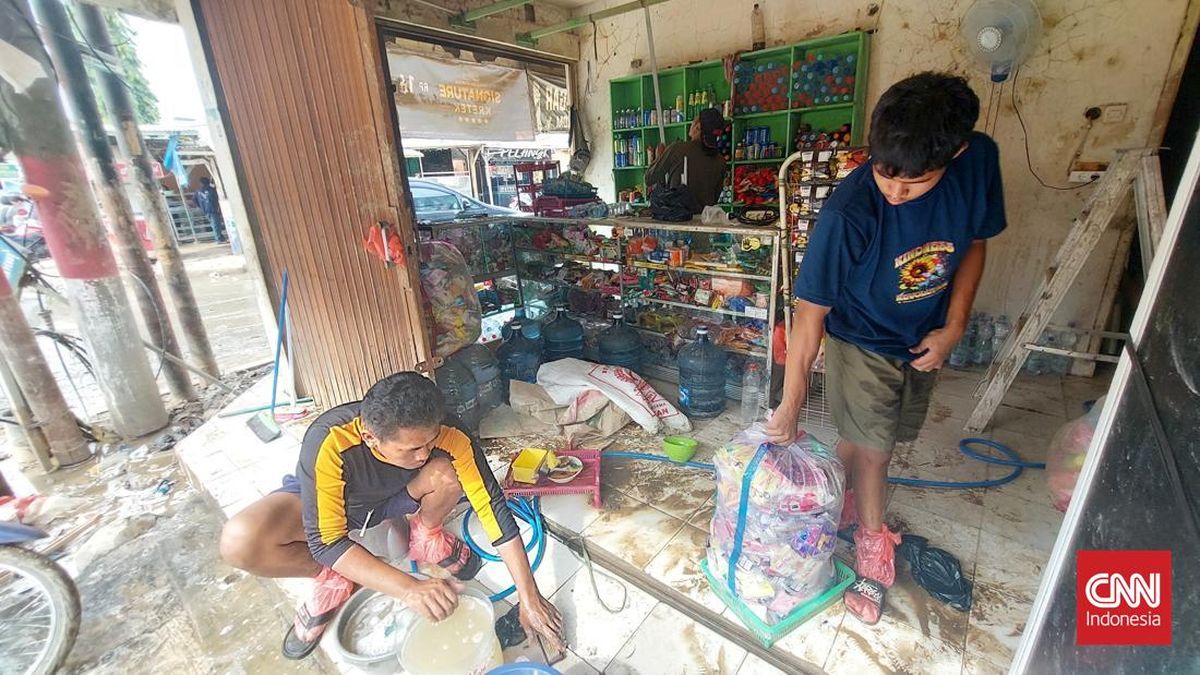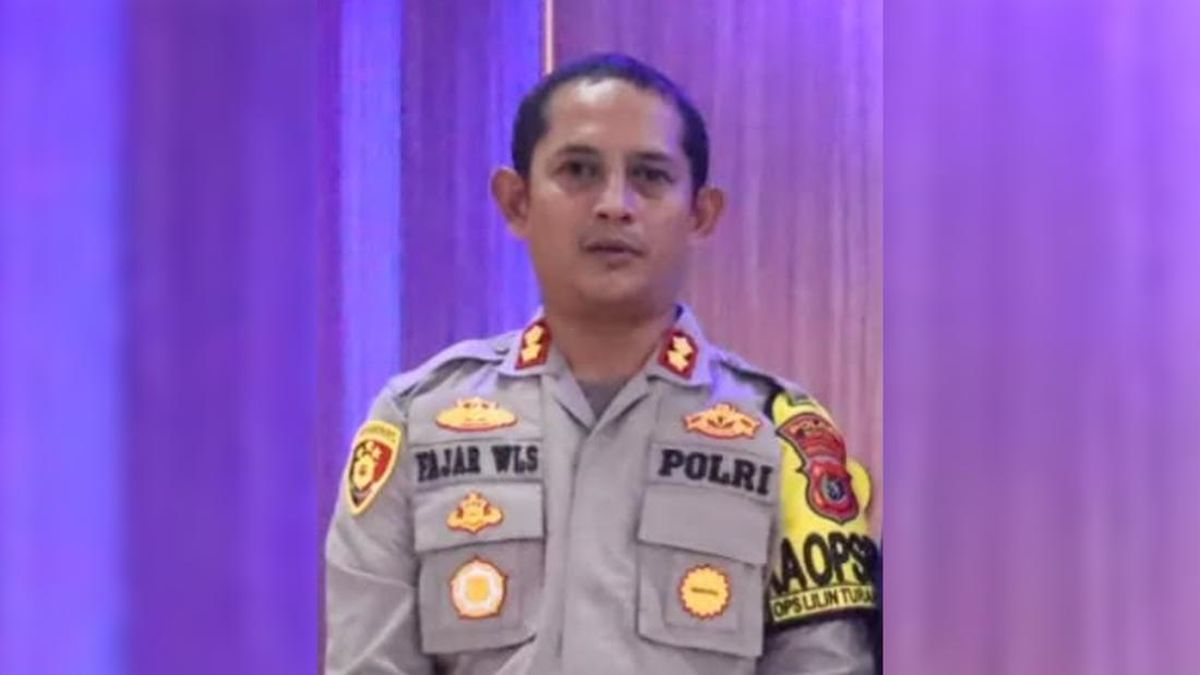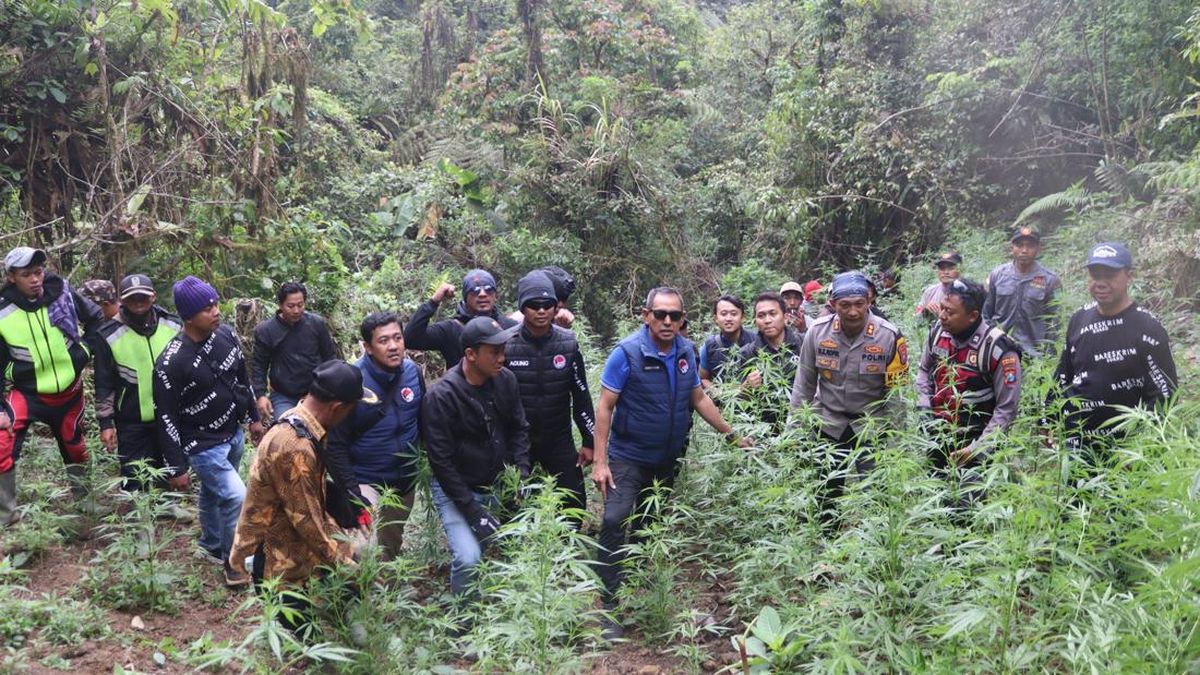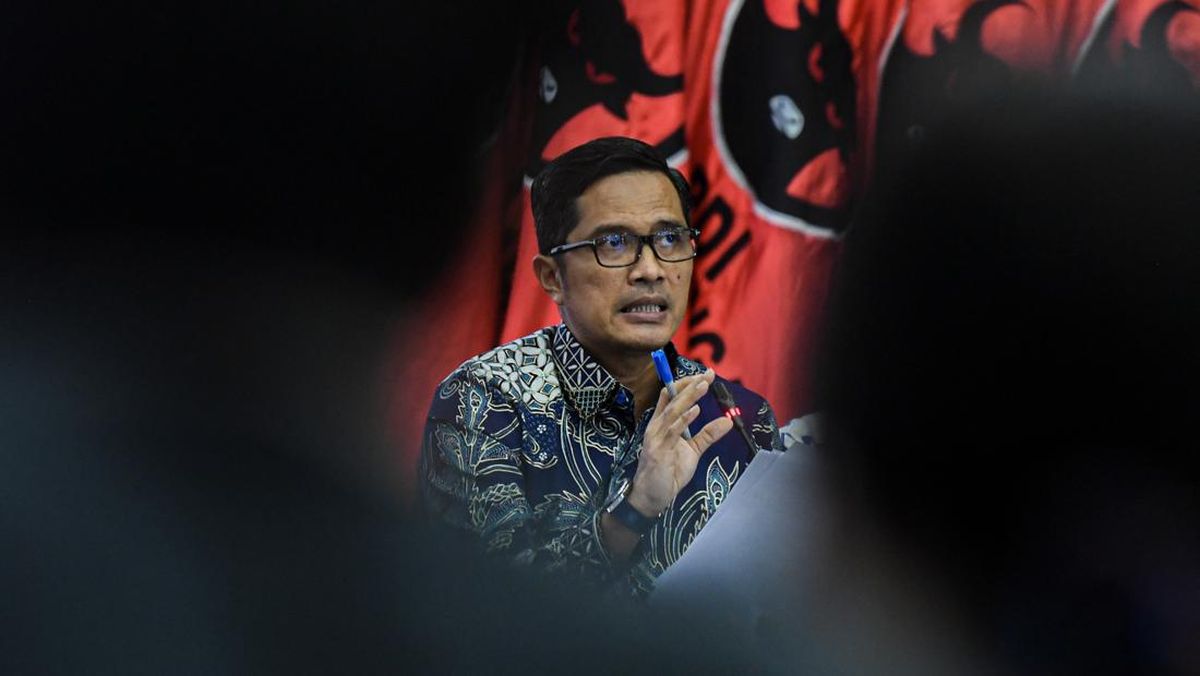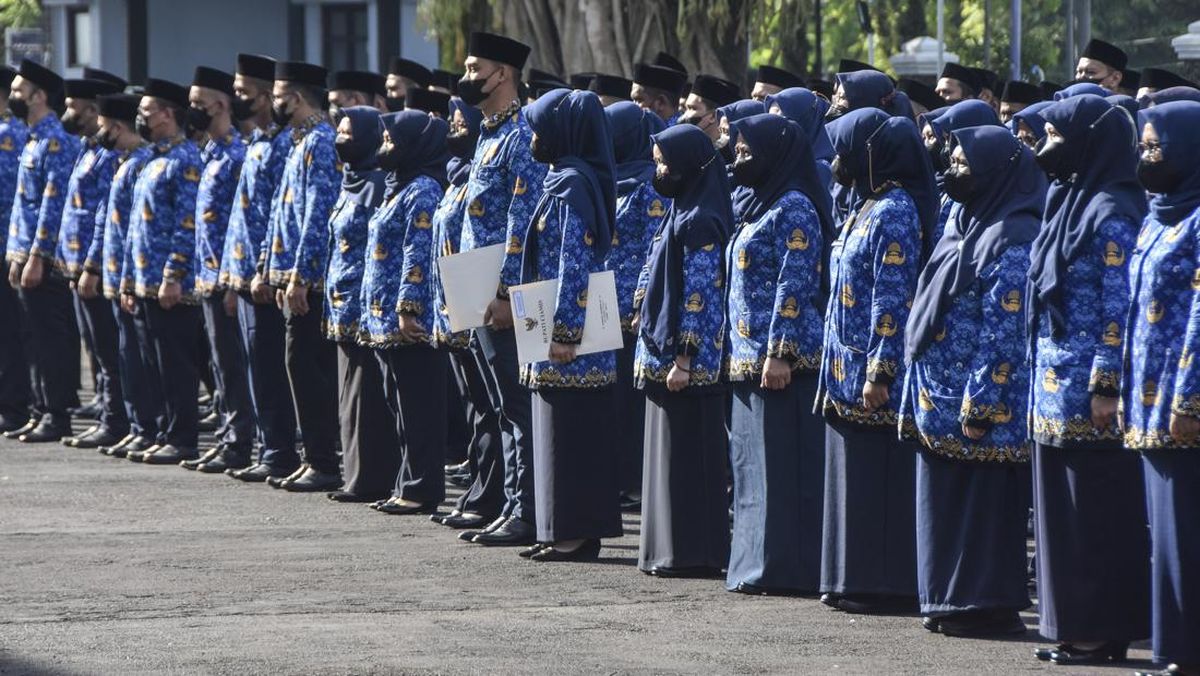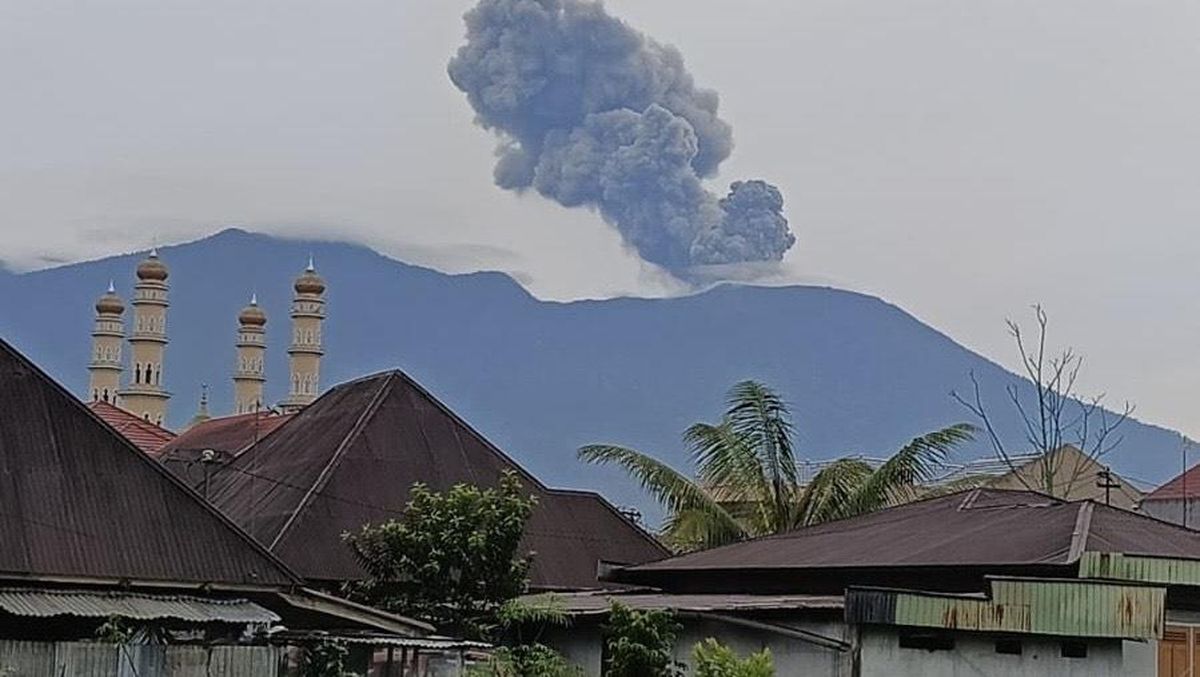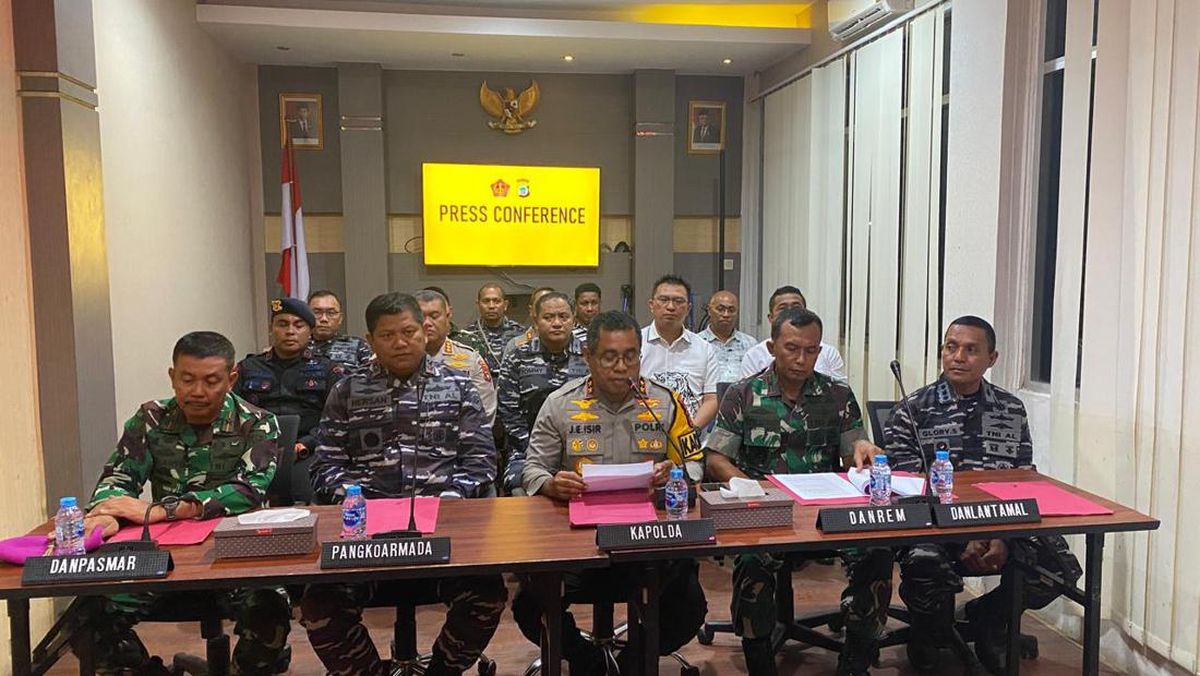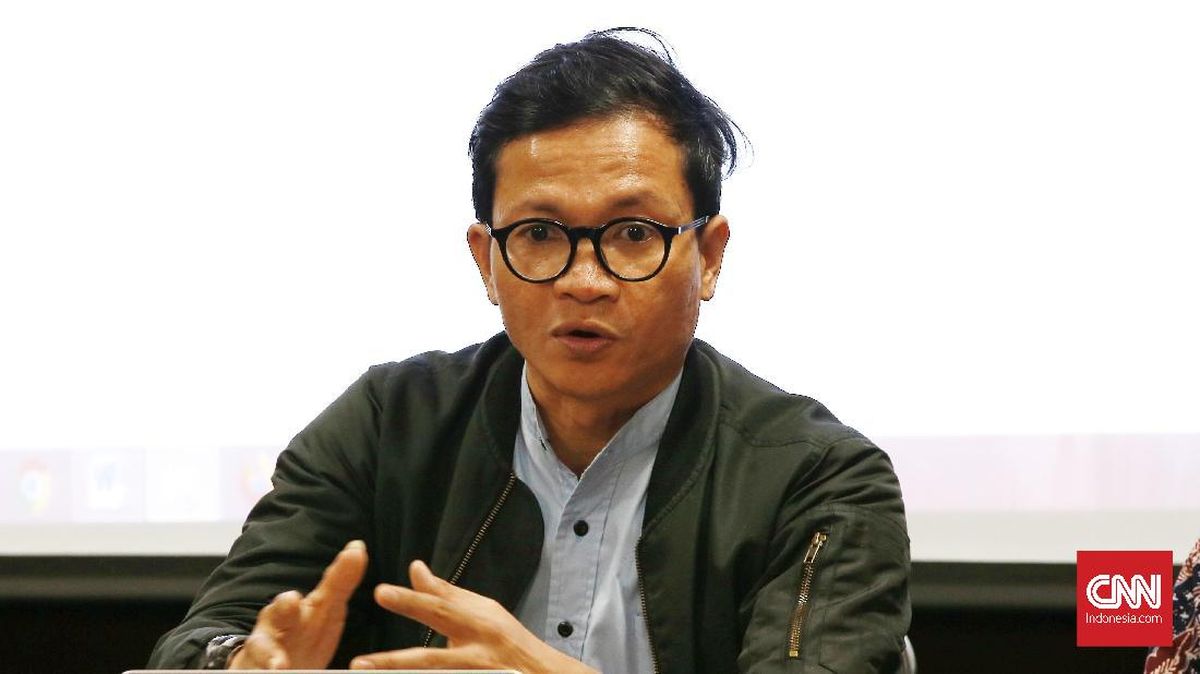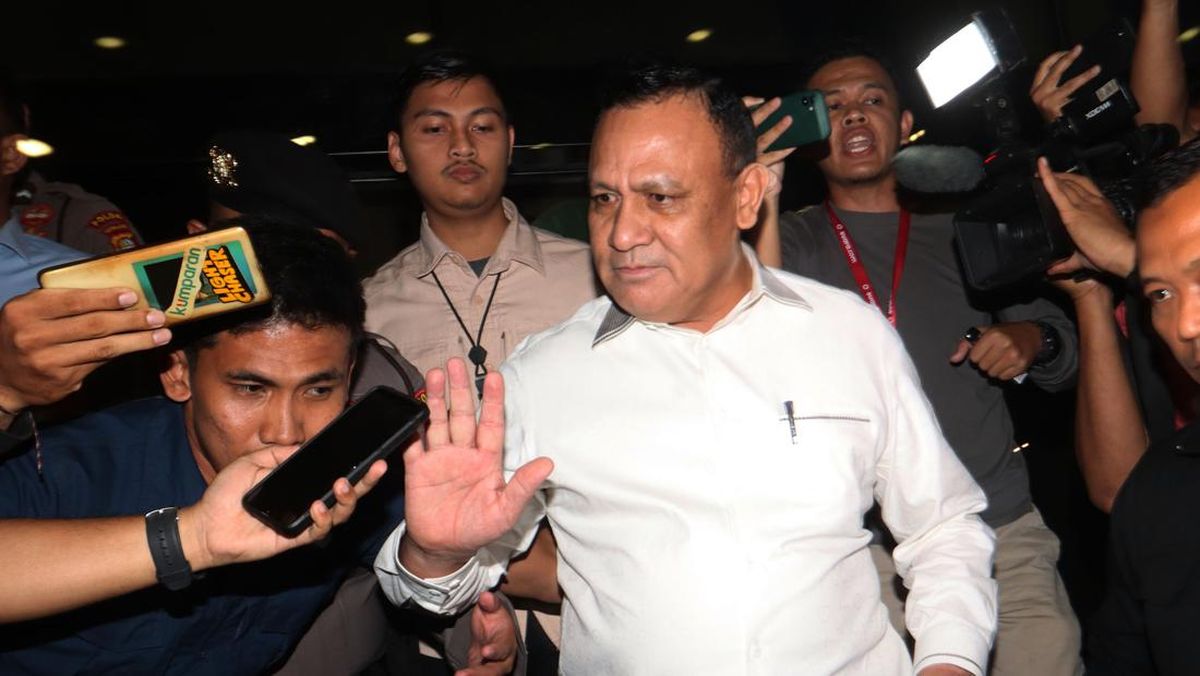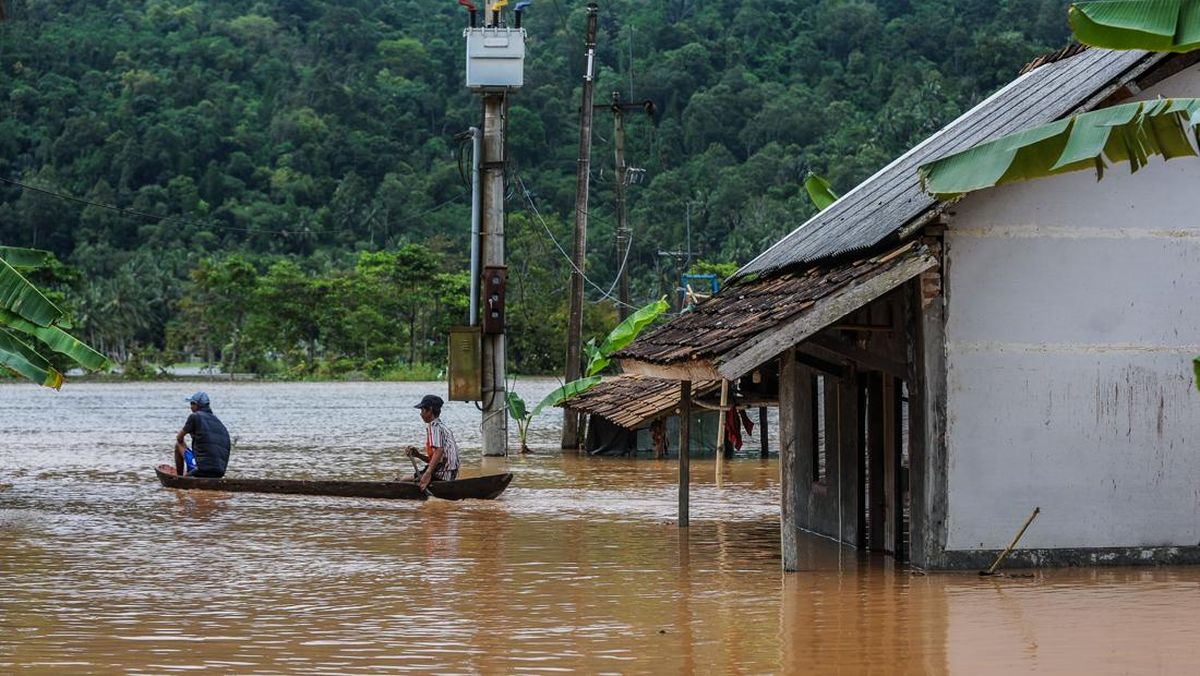TEMPO.CO, Jakarta - The Indonesian Ministry of Health aims to collect samples from 18,000 patients in Indonesia by 2025 to detect potential future diseases and provide appropriate or precise treatment for the people.
According to the Health Minister's expert staff for biomedical innovation, Ines Irene Caterina Atmosukarto, samples from 10,000 patients with various diseases were collected in 2024. "We are now in the process of processing the data to show its benefits," Ines told Tempo at the East Hall of the Bandung Institute of Technology (ITB), on Tuesday, January 14, 2025.
The patient samples were collected from 10 hospitals that are members of the Biomedical Genome Science Initiative (BGSi) program, namely Dharmais Cancer Hospital, Dr. Cipto Mangunkusumo National Hospital, Prof. Dr. Sulianti Saroso Infectious Disease Hospital, Persahabatan Hospital, Prof. Dr. dr. Mahar Mardjono National Brain Center Hospital, Dr. Sardjito Hospital, Prof. Dr. I.G.N.G. Ngoerah, RSAB Harapan Kita Hospital, and Marzoeki Mahdi Hostpial.
According to Ines, each hospital has been instructed to implement precision medicine services for specific diseases based on genetics or pharmacogenomics. "Taking medicine does not always have a good effect because it is influenced by our genetic factors. Some drugs are suitable but cause side effects or do not work at all," says Ines.
Based on data from the Ministry of Health, there are four diseases, namely cancer, diabetes, and cardiovascular, that are the main focus. "Because the number of sufferers and the amount of money the government has to spend on treatment is very high, a different approach is needed," says Ines.
In addition, the average age of patients is younger than the global average. Patient samples from the hospital are then processed using whole-genome sequencing, which is the process of sequencing nucleic acids, or nucleotides, in DNA (deoxyribonucleic acid), which stores genetic information.
Ines said they could collect 250 samples per week, up to more than 1,000 patients per month. The samples are managed by the Center for Biomedical and Health Genomics (BB Binomika), whose laboratory is located in the Eijkman Building in Jakarta. In the next five years, it is expected that the government can collect genetic information from 100,000 people in Indonesia. "We are starting with patients, next year we will start with the general population to find out what the risk of disease is in Indonesia," she explained.
In addition, in the past two years, a data management system has been built to be clean and secure. The system is similar to clinical data and biobanking for sample storage. The identity of the sample donor must be strictly guarded so that it cannot be traced. "The name of the sample donor will not be there," said Ines.
Then there is a system for storing genomic information and a system for sharing data. The data will not be stored only for the Ministry of Health, but can be accessed by various parties, such as academics or the private sector, with appropriate regulations and a secure system.
In the first stage of using genetic information for treatment and diagnosis by doctors, it is targeted at infectious diseases, namely tuberculosis (TB). The reason is because the number of patients in Indonesia is the second largest in the world, TB treatment must be appropriate. Meanwhile, TB germs can carry mutations that make the bacteria resistant to drugs. "With the genomic approach, we can get a profile of drug resistance patterns within five days," said Ines. The identification process is faster than the current method, which can only provide information within four to six weeks. Meanwhile, another disease that is closely linked to genes or heredity is cholesterol.
The process of extracting genetic information, according to Senior Lecturer at the School of Life Sciences and Technology, Bandung Institute of Technology Adi Pancoro, is a new branch of science called bioinformatics, a combination of molecular biology and computer science. Known to scientists and academics for 15 years, the results have become increasingly known to the public during the pandemic through studies that differentiate the types of Covid-19 viruses that develop from patient samples.
In addition to the health sector, DNA analysis in living organisms, ranging from bacteria, viruses, plants, humans and animals, is also used in agriculture or to study changes in DNA as a blueprint in the body and is inherited.
According to Adi, DNA is very sensitive to environmental changes, for example in humans and plants and microbes due to adaptation. "It doesn't mean that it changes and then mutations occur, but adaptations do occur," he said. Bioinformatics at ITB was first introduced to master's students in 1995, and then to undergraduates.
Editor's Choice: AP II Suggests Use of Genome Sequencing at Airports to Detect Omicron
Click here to get the latest news updates from Tempo on Google News

 3 months ago
73
3 months ago
73



